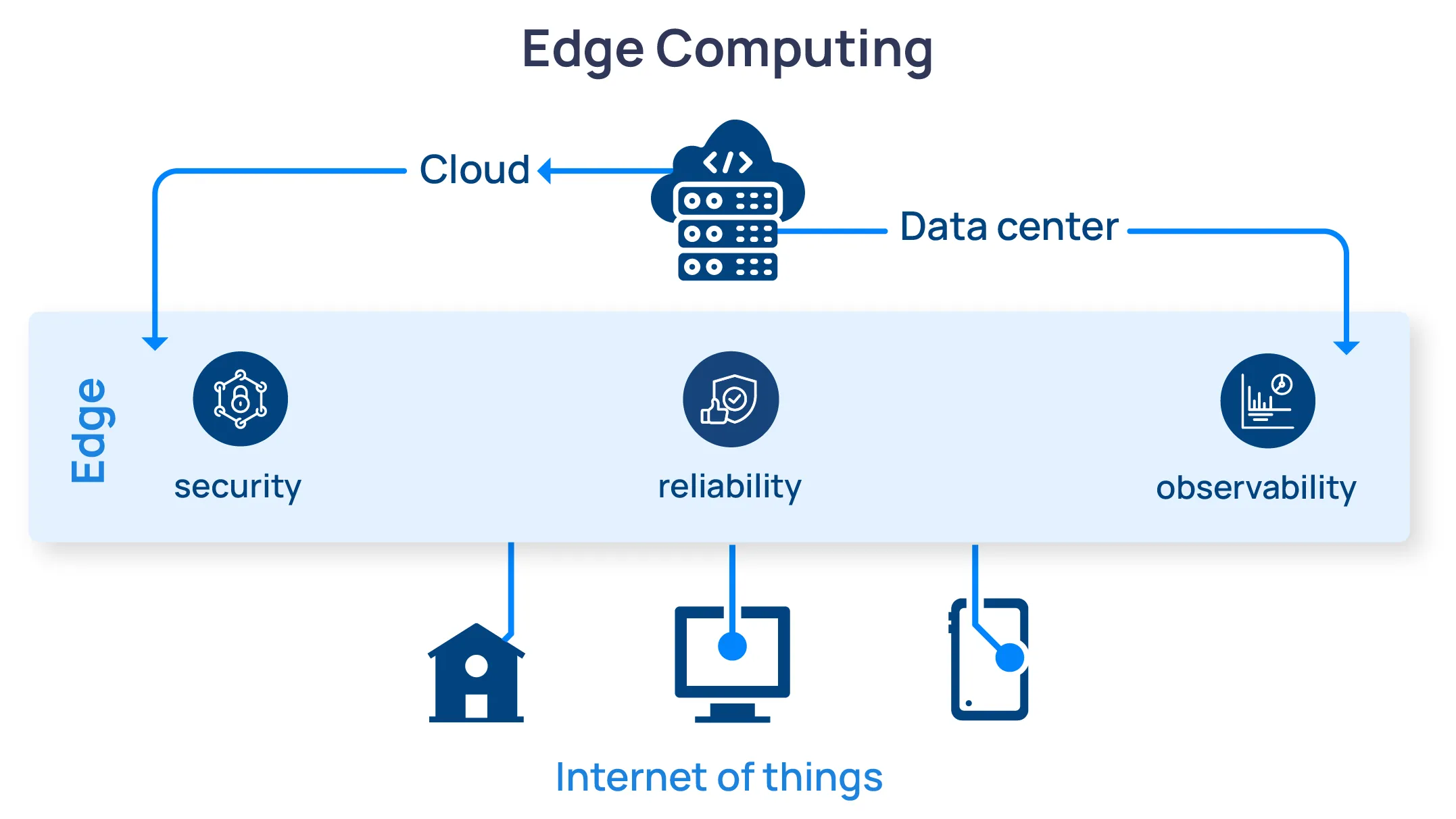Add ultra-high availability and zero-trust security to any edge workload with Linkerd, the world's fastest, lightest service mesh

Perfect for edge computeLinkerd's minimalist approach to the service mesh is perfect for unattended, resource-constrained, remote edge and IoT appliances, and can run on edge-focused Kubernetes distributions such as k3s.

Ultralight, ultrafast, ultra simpleLinkerd's ultralight Rust-based proxies use a bare minimum of system resources, even for advanced features such as mutual TLS and zero-trust security policies, and Linkerd's minimalist operational footprint dramatically reduces maintenance requirements.

Runs on ARMLinkerd has native support for both ARM64 and ARMv7, and run on everything from homebrew Raspberry Pi servers to the highest-traffic Kubernetes deployments in the world.

Zero-trust security and ultra-high availabilityLinkerd's zero-config mutual TLS, cryptographic workload identities, and zero-trust security policies secure all communication across and within clusters, and its powerful request balancing, circuit breaking, retry, and failover features allow any edge application to achieve world-class security and reliability no matter where it runs

In an edge computing world, security and efficient communication are paramount. As the lightest, fastest service mesh in the world, Linkerd is the best way to effectively secure your network in edge environments.
Linkerd's minimalist design, low resource footprint, and first-class support for ARM architectures mean that it is uniquely able to perform reliably in resource-constrained, unattended, and remote environments like edge computing. Linkerd's data plane proxies are written Rust and consume the smallest amount of memory and CPU possible. Linkerd's unique "micro-proxy" provides performance, safety, and low resource consumption without the complexity and large resource consumption of proxies like Envoy. A single Linkerd proxy instance can handle thousands of requests per second with less than 10mb of memory and a quarter of a CPU core, all with a p99 tail latency of under 1ms.
Linkerd's security posture is perfect for edge environments. The CNCF-graduated Linkerd service mesh is the only service mesh to make use of Rust in its data plane. The Rust programming language ensures memory safety, providing a robust defense against the memory-related vulnerabilities that are common attack vectors in other languages. Linkerd's Rust micro-proxy serves as a bulwark against threats and ensures that communication channels remain impervious to unauthorized access and data breaches.
Linkerd's lean approach to the service mesh ensures agility and resource optimization combine to offer a state-of-the-art security posture and minimalist resource consumption.
Linkerd and k3s
Linkerd works perfectly with k3s, a Kubernetes distribution built for edge deployments. Linkerd and k3s follow the same lightweight design philosophy and perform exceptionally well in edge computing environments. Linkerd's lightweight architecture and k3s's minimalistic Kubernetes distribution enable you to build highly efficient and agile environments. Combined, Linkerd and k3s allow you to harness the power of Kubernetes, the security of Linkerd, and the efficiency of k3s, significantly simplifying the tasks of deploying and managing applications in edge scenarios.
Linkerd and ARM
Linkerd has first class support for ARM. ARM processors are compact and energy-efficient, making high-performance computing a reality in the constrained environments of edge computing. Linkerd’s resource efficiency and best-in-class operational simplicity make it the ideal choice to bring instant network security and reliability to ARM environments, whether on the edge or in the datacenter.